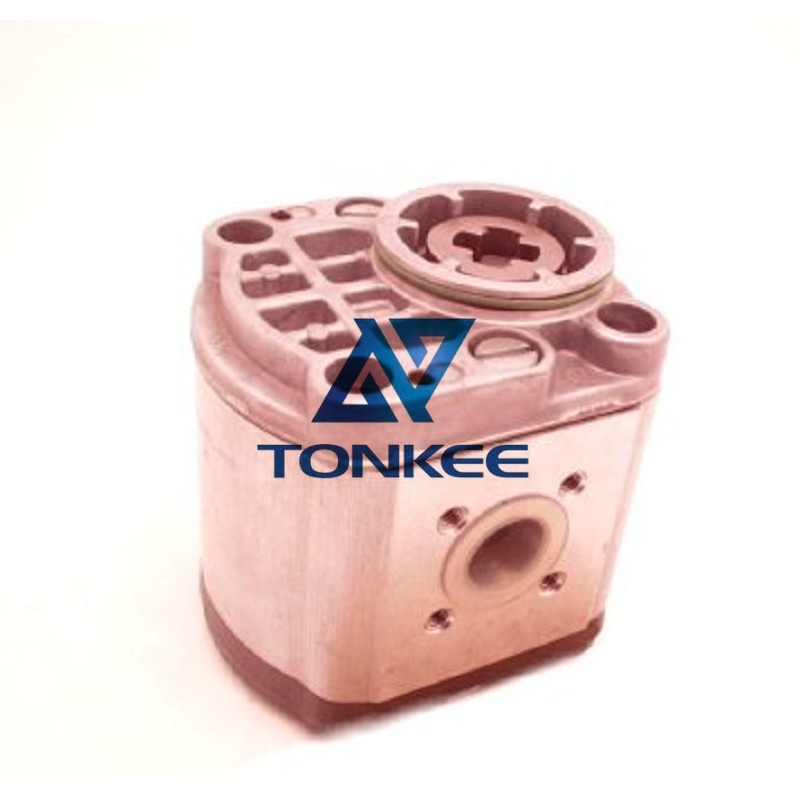
Housing: The pump's outer casing provides structural support and houses the internal components.
It typically has inlet and outlet ports for hydraulic fluid.
Gears: Hydraulic gear pumps feature two meshing gears - a driving gear and a driven gear. The driving gear is connected to the input shaft, while the driven gear is connected to the output shaft. These gears create chambers that trap and displace hydraulic fluid.
Bearings: Bearings support the rotating shafts, ensuring smooth operation and reducing friction.
Functionality:
Hydraulic gear pumps operate on the principle of positive displacement, meaning they displace a fixed amount of hydraulic fluid with each rotation of the gears. The operation can be broken down into the following steps:
Suction Phase: As the gears rotate, a low-pressure area is created on the inlet side of the pump. This causes hydraulic fluid to be drawn into the pump through the inlet port.
Fluid Trapping: As the gears continue to rotate, the meshing teeth trap the hydraulic fluid within the gear teeth, forming sealed chambers.
Fluid Discharge: As the gears rotate further, the trapped fluid is carried to the outlet side of the pump, where the pressure increases. This high-pressure fluid is then discharged through the outlet port.
Repeat: The process repeats with each rotation of the gears, providing a continuous flow of pressurized hydraulic fluid.
Specifications:
When specifying a hydraulic gear pump, several important parameters need to be considered:
Flow Rate: This indicates the volume of hydraulic fluid the pump can deliver per unit of time and is typically measured in liters per minute (LPM) or gallons per minute (GPM).
Pressure Rating: The maximum pressure that the pump can generate, usually measured in pounds per square inch (PSI) or bars.
Speed: The rotational speed of the pump, usually expressed in revolutions per minute (RPM).
Viscosity Range: The range of hydraulic fluid viscosities the pump is designed to handle effectively. Different applications may require different viscosities.
Mounting Type: Hydraulic gear pumps come in various mounting configurations, including flange, foot, and SAE mounts. The choice depends on the specific installation requirements.
Materials: Consider the materials used in the pump's construction, as they should be compatible with the hydraulic fluid and the operating environment. Common materials include cast iron, aluminum, and steel.
Seals and Shaft Seals: Ensure that the pump has high-quality seals to prevent fluid leakage and contamination. Shaft seals also play a vital role in maintaining the integrity of the hydraulic system.